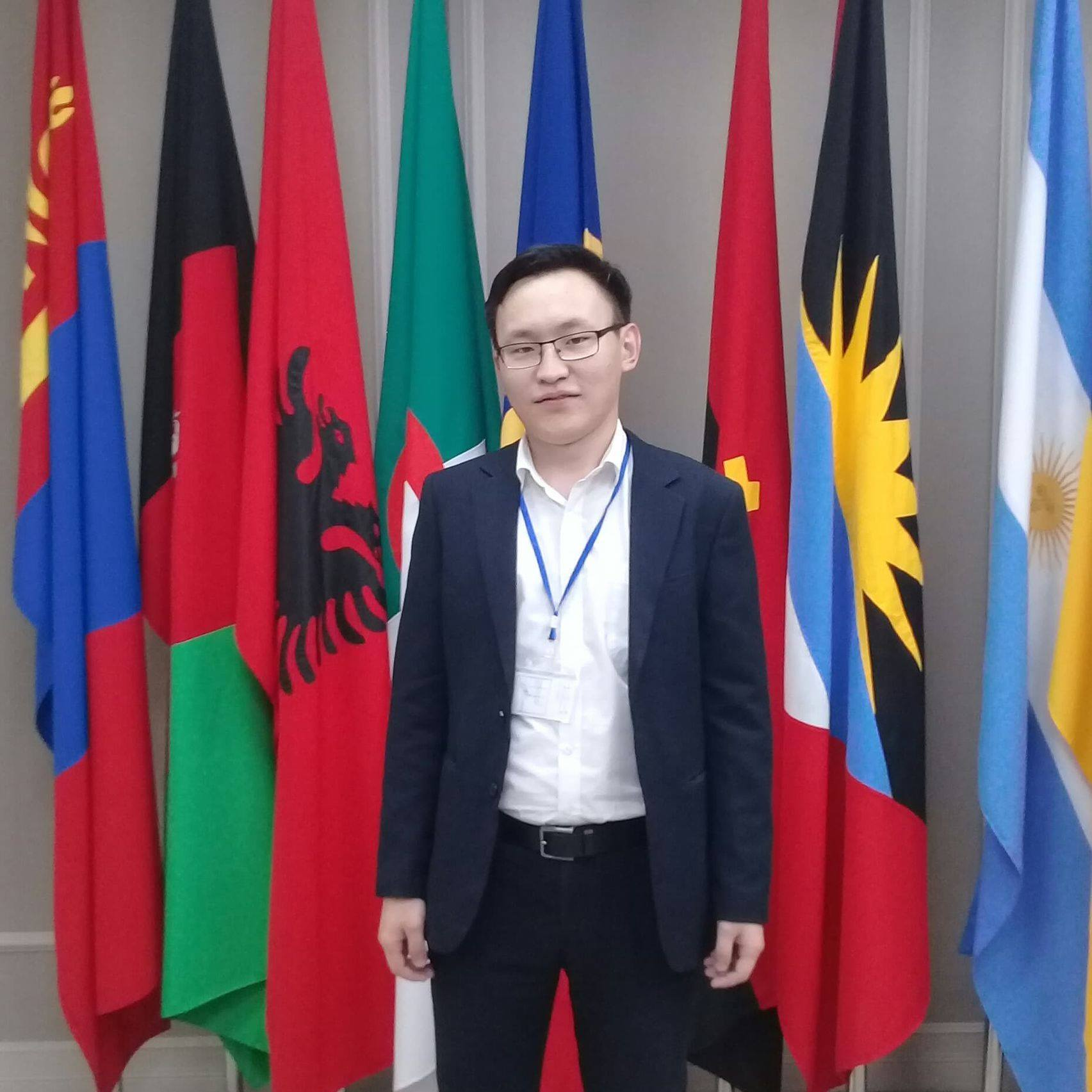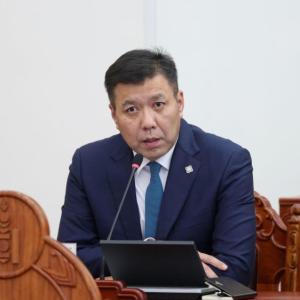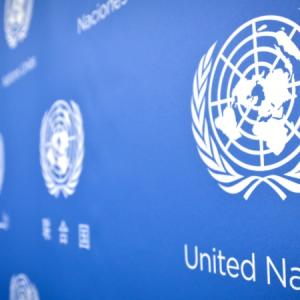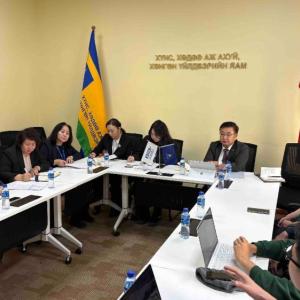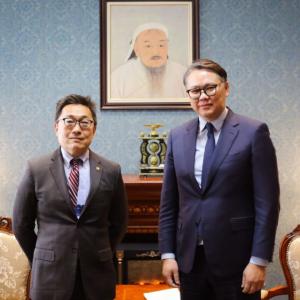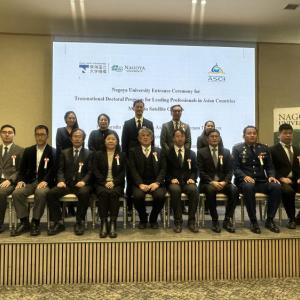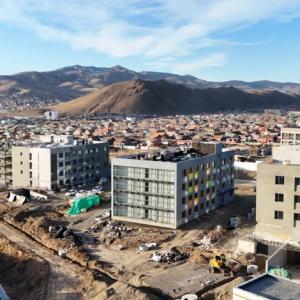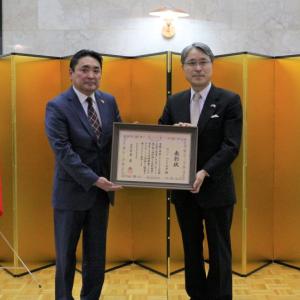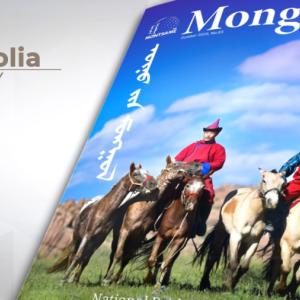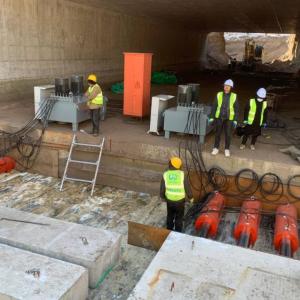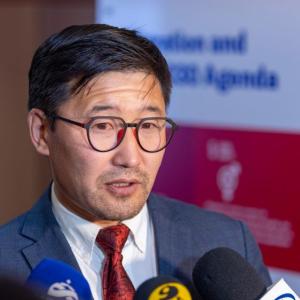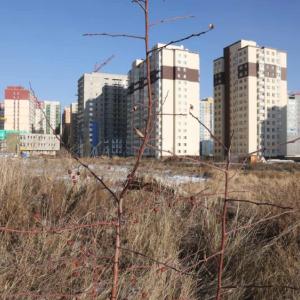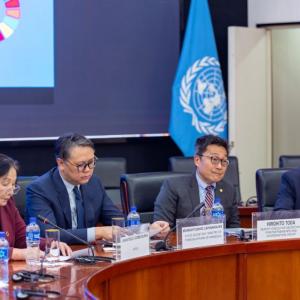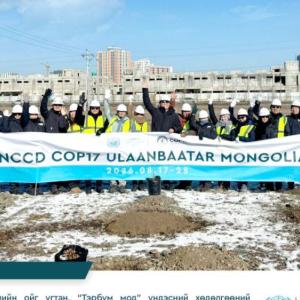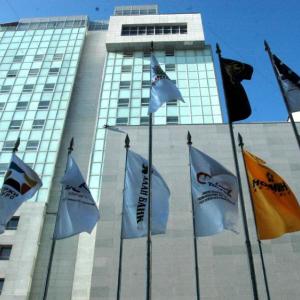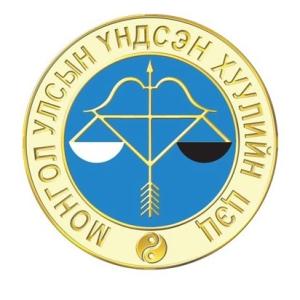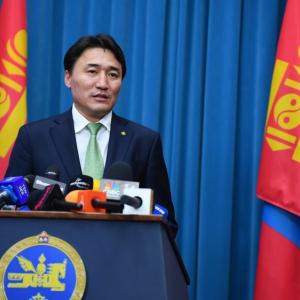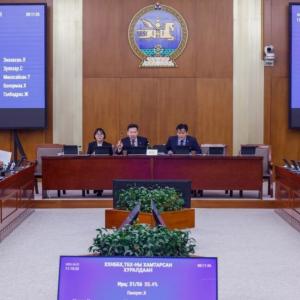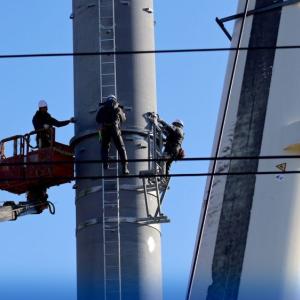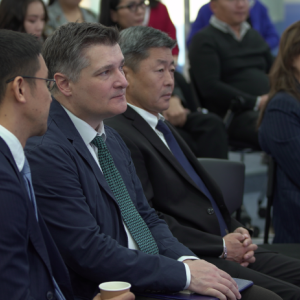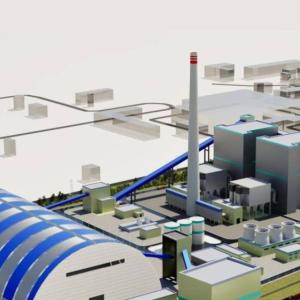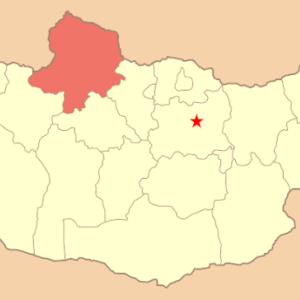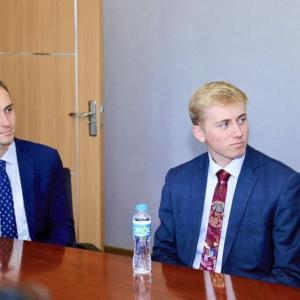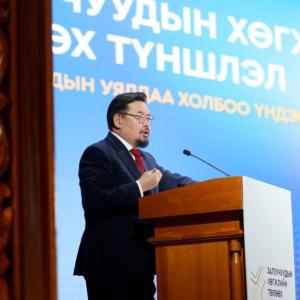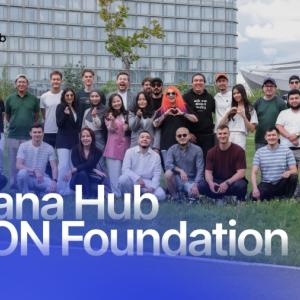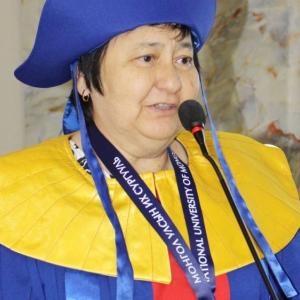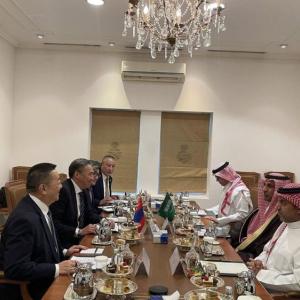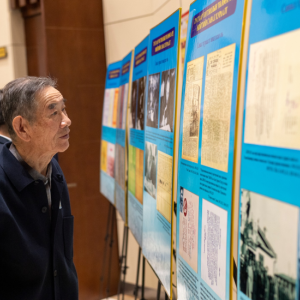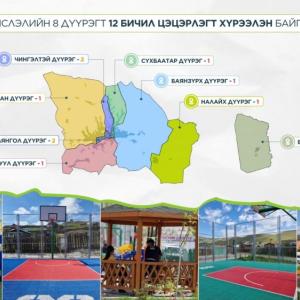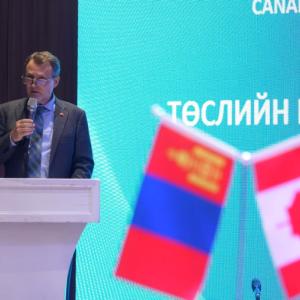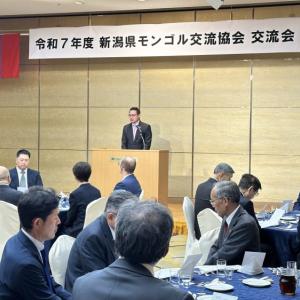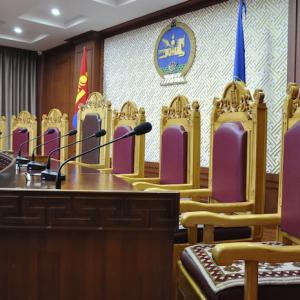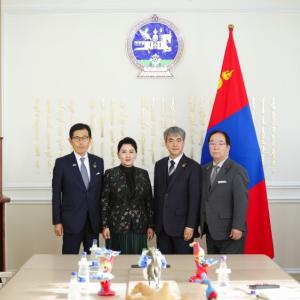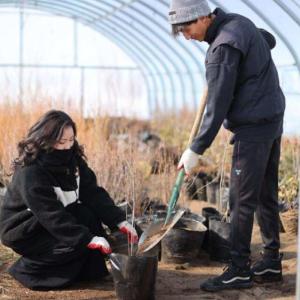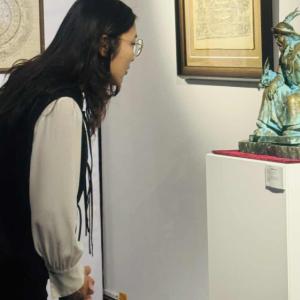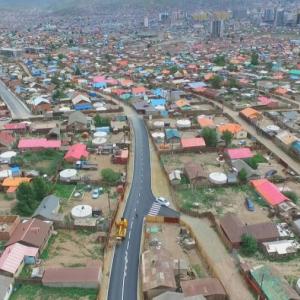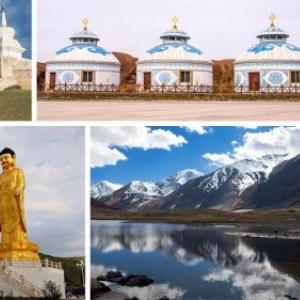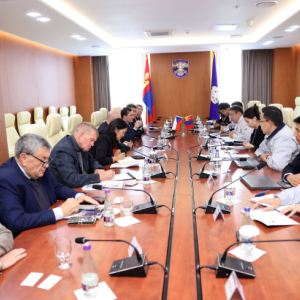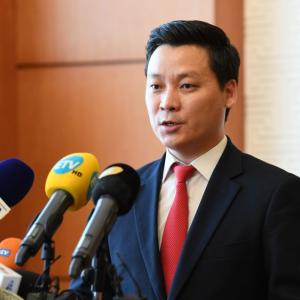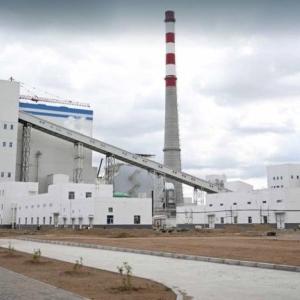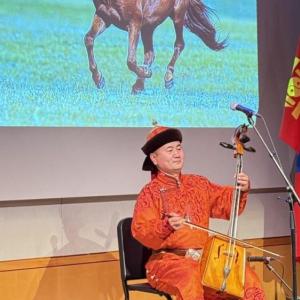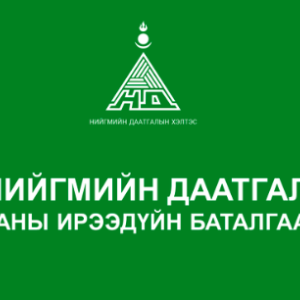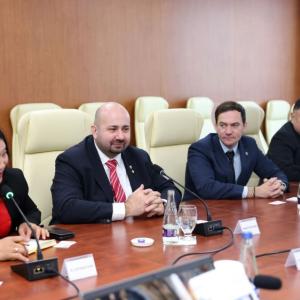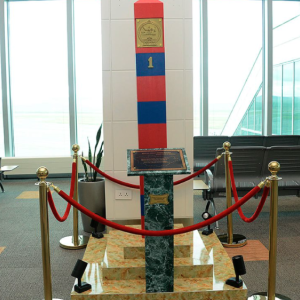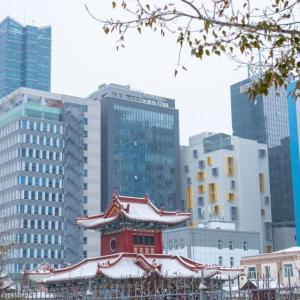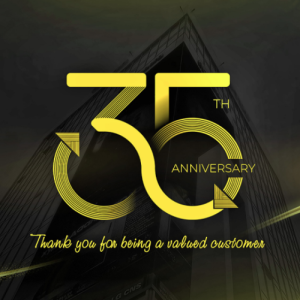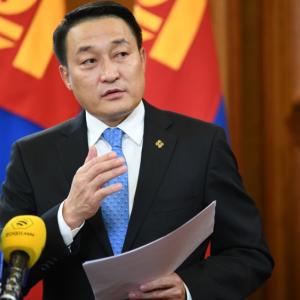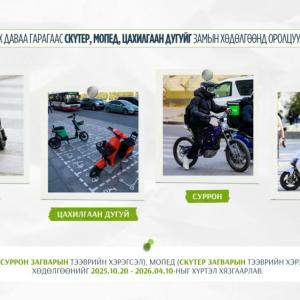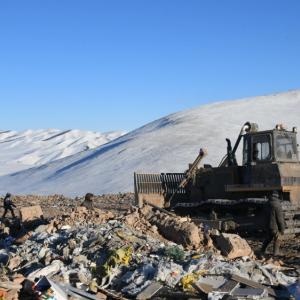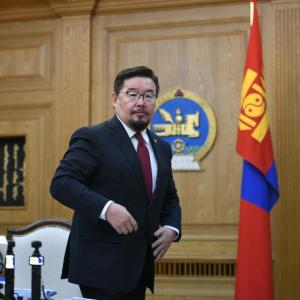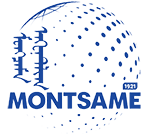Scientists Discuss the Future of Mongolian Science and Technology
Society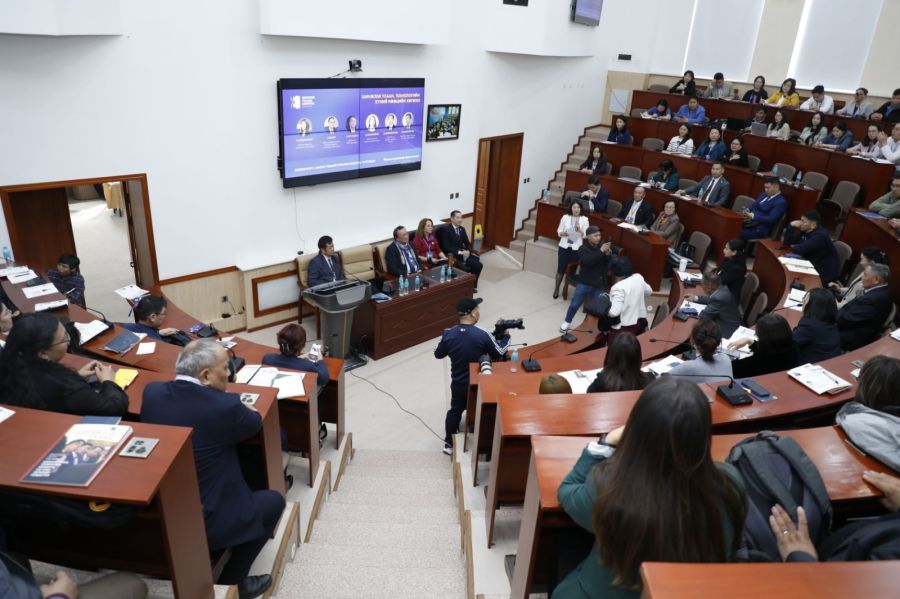
Ulaanbaatar, May 16 2024, /MONTSAME/. On May 15, 2024, Mongolian scientists convened separate sessions as part of the second "National Assembly of Scientific Workers." This solemn gathering, bringing together public and private sectors alongside scientists and researchers, aimed at strengthening the value of science in society and elevating management in science, innovation, and technology.
The first separate session, titled "Integrated Policy on Science and Technology," was participated by lawmakers, scientists, public and private sector representatives, university professors, and research institution lecturers. The revised Law on Science and Technology was discussed and adopted by the State Great Khural of Mongolia (Parliament) 18 years after its proposed revision. Participants discussed new articles and regulations and policy planning for scientific and technological development, including medium and long-term plans and programs.
The second separate session, titled “Human Resources Development in Science and Technology”, discussed the issues of human resources in the science sector. As of 2024, there are 7,000 people employed in the science sector, and 374 scientists per 1 million citizens, which is 3-5 times lower than the international average. Although scientists' salaries were increased by 10-40 percent annually in 2022-2024, the intellectual value and research papers of Mongolian research and development were below the international level. Regarding this issue, participants gave suggestions on the development of human resources in the scientific field, salaries, incentives, social protection, and possible solutions.
The third separate session titled “Funding and Infrastructure of Science and Technology” was attended by representatives of the Investment Department of the Ministry of Education and Science of Mongolia, Budget Policy and Planning Department of the Ministry of Finance of Mongolia, Mongolian National Chamber of Commerce and Industry, and researchers and scientists. The participants discussed sources of financing for science and technology, management, hard and soft infrastructure, and further development. Currently, 0.12 percent of GDP is allocated to fund the science sector, and raising it to 1 percent of GDP is a near-future goal. The participants shared views on generating funding from multiple sources and enabling research institutions to earn income.
In the fourth separate session on “Cooperation in Science and Technology”, participants underlined that scientific practice covers multiple sectors, thus it is necessary for cooperation between the sectors. In the fourth separate session, innovation and technology transfer, cooperation between science and industry was discussed. The participants noted that air pollution, traffic congestion, urban concentration, and many other issues facing Mongolia persist due to decisions not based on scientific evaluation. Without resolving these issues, they undermine the citizens' right to live in a healthy, safe, and comfortable environment, negatively affecting people’s quality of life.
The participants emphasized the necessity of scientific evaluation in the policy-making of the public sector concerning the most fundamental development issues of Mongolia, and special attention is needed to promote cooperation and participation of science in the public sector.
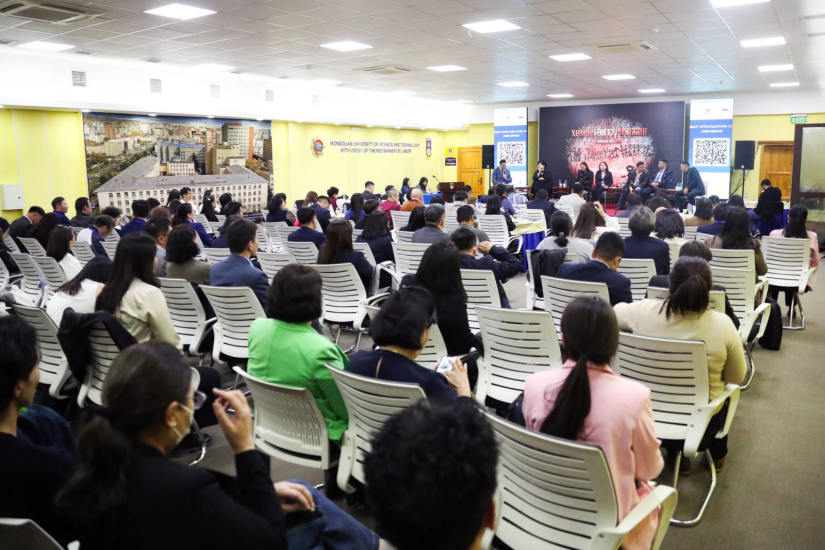
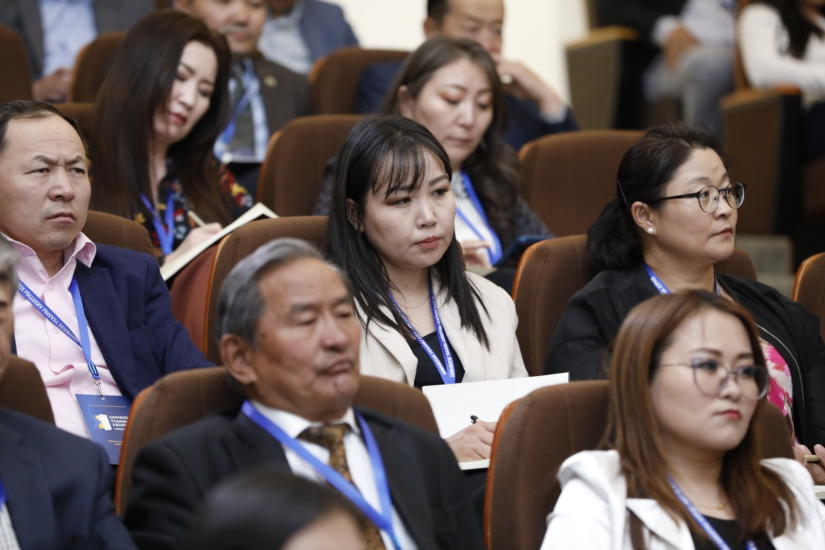
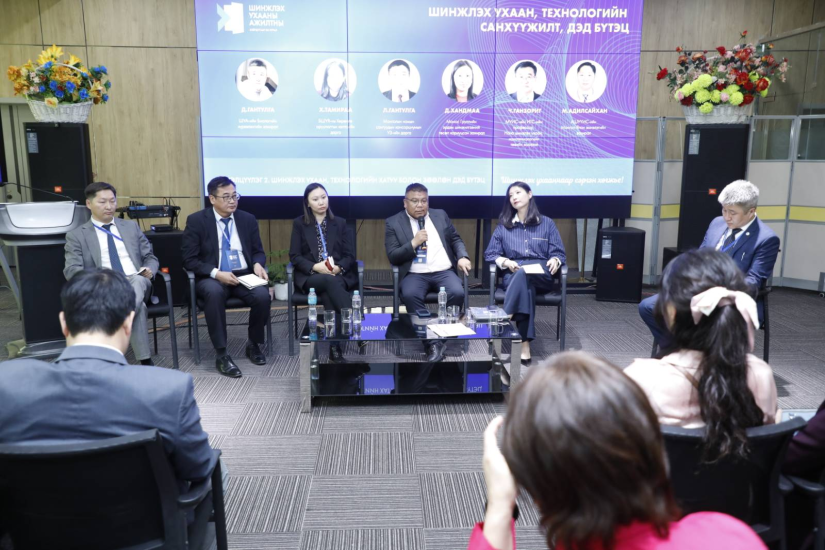
 Ulaanbaatar
Ulaanbaatar





